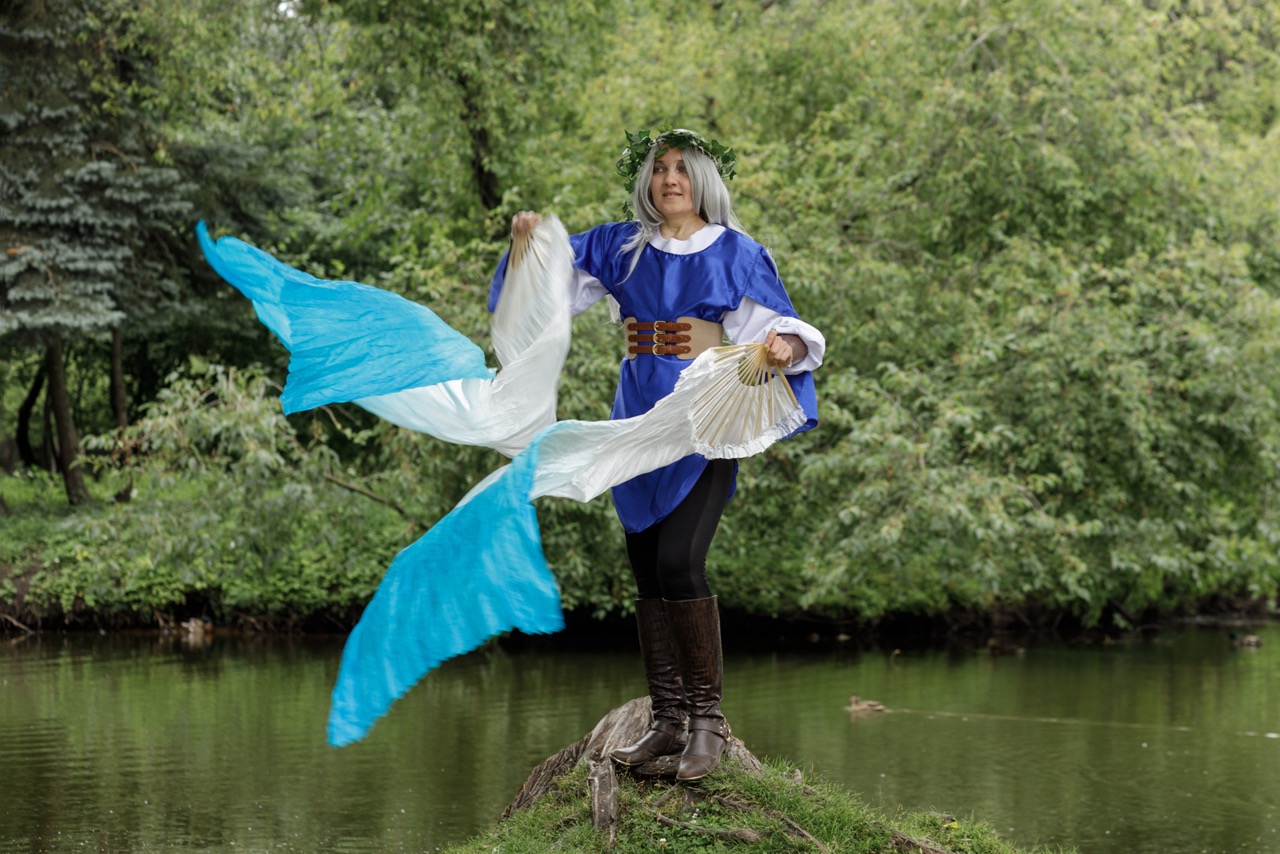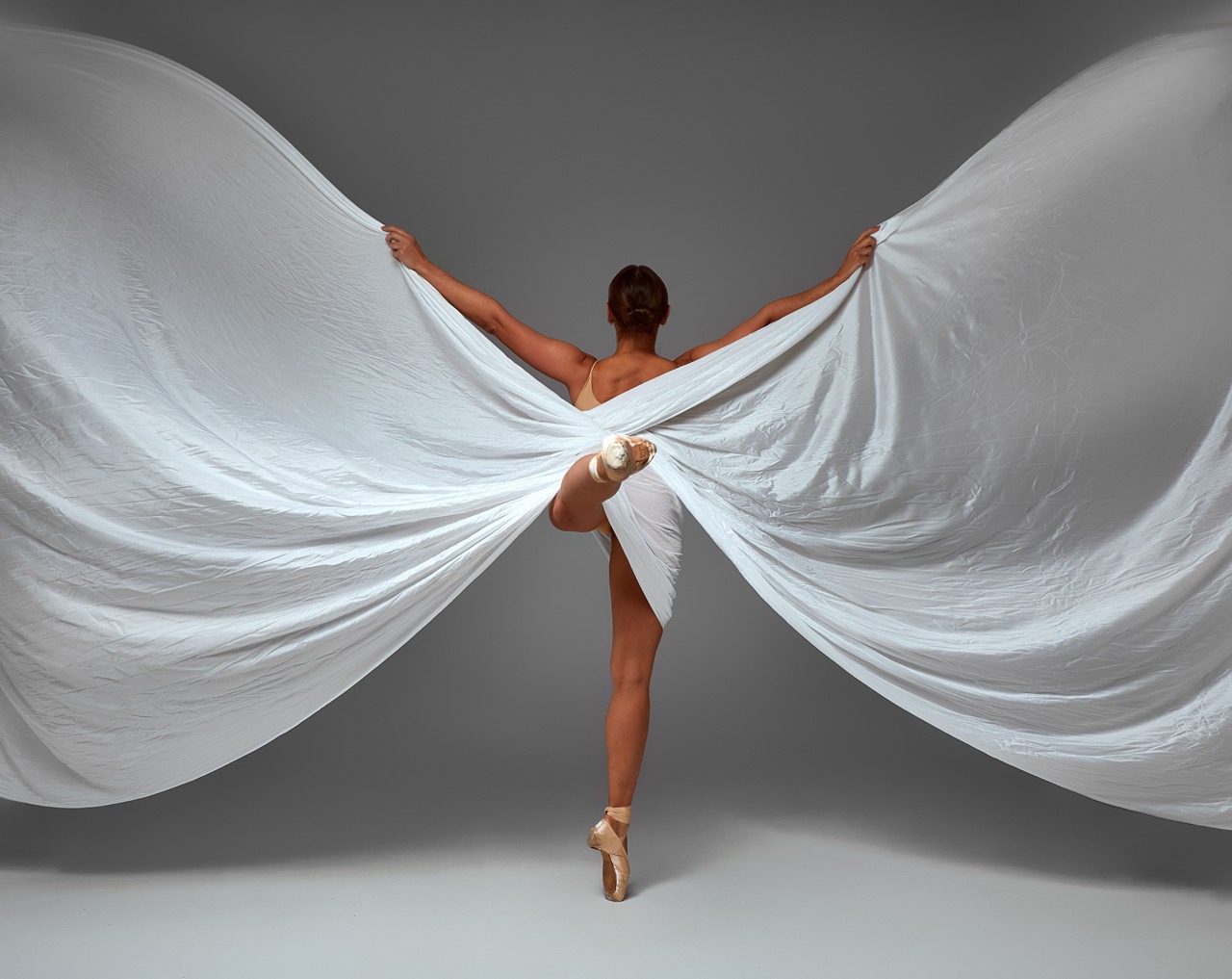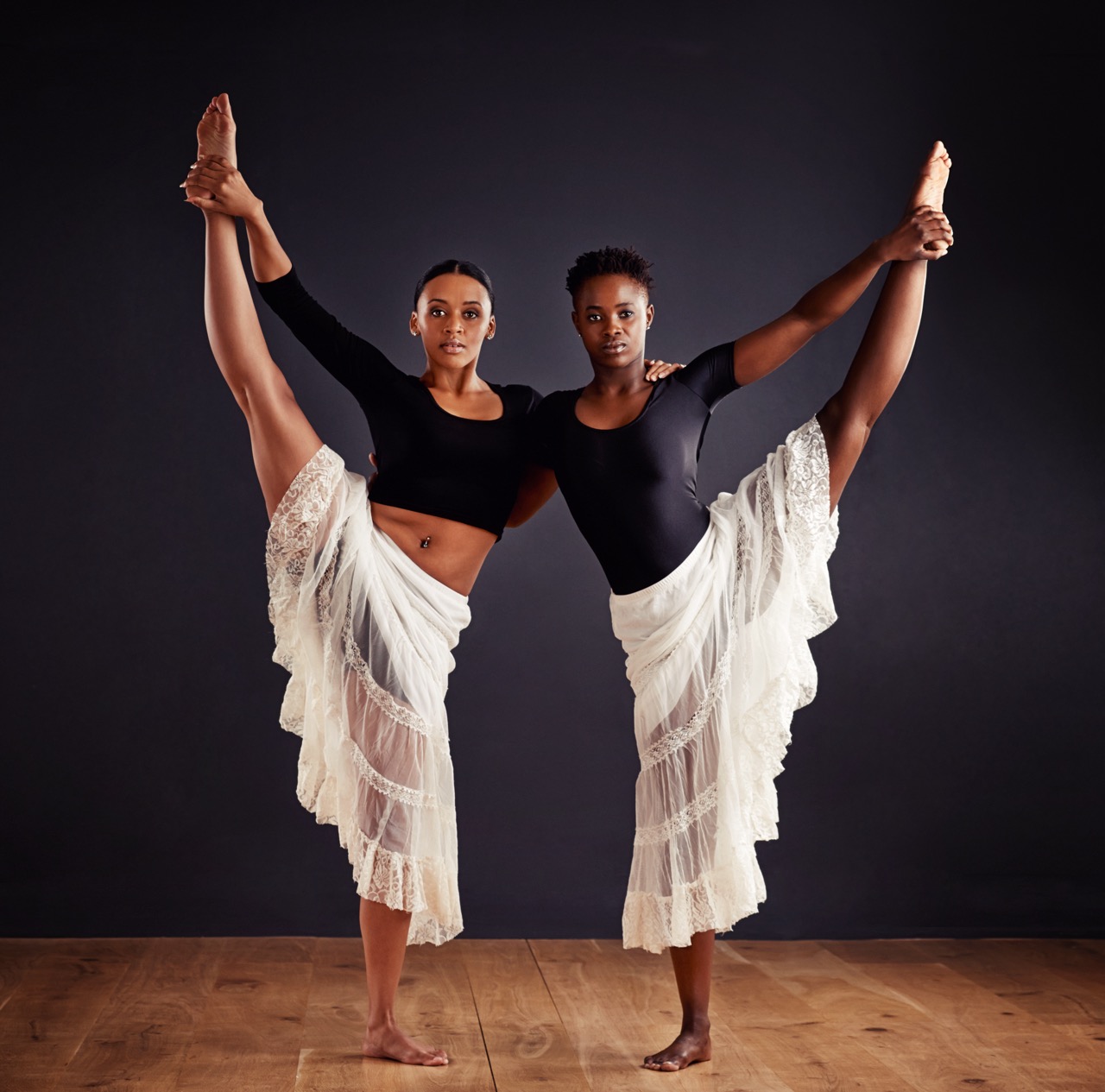Professional dance is a realm where artistry and athleticism converge, creating a captivating spectacle that mesmerizes audiences around the globe. However, behind the beautiful movements and graceful expressions lies a world filled with rigorous challenges. Dancers not only hone their craft to achieve aesthetic perfection but also confront a myriad of physical and mental obstacles. This article delves into the demanding nature of a professional dance career, exploring the intricate balance between physical prowess and mental resilience, the inevitability of injuries, and the emotional pressures that accompany life on stage.
The Rigorous Demands: Balancing Artistry and Athleticism
Professional dancers train tirelessly to master their art, often dedicating a majority of their waking hours to practice. The physical demands of dance require an extraordinary level of strength, flexibility, and endurance. Dancers must execute complex movements with precision and grace, making it essential to maintain peak physical condition. This pursuit of excellence often means sacrificing personal time, social life, and even basic comforts as they strive to perfect their choreography and technique.
Equally important is the artistic aspect of dance, where emotional expression and creativity shine through each performance. Dancers are not merely athletes; they are storytellers who convey deep emotions and narratives through their movements. This duality necessitates a harmonious blend of physical training and artistic exploration, requiring dancers to be as attuned to their bodies as they are to their artistic instincts. The pressure to excel in both arenas can be immense, leading to a constant push toward higher levels of performance.
The competition within the dance industry further amplifies these rigorous demands. With countless aspiring dancers vying for limited roles, the pursuit of perfection can become all-consuming. Each audition, performance, and rehearsal carries the weight of expectations—both self-imposed and societal. As dancers navigate this challenging landscape, they must cultivate resilience and adaptability to thrive amidst the pressures of an industry that celebrates both artistry and athleticism in equal measure.
Beyond the Spotlight: Mental Fortitude in Dance Careers
While physical prowess is essential, the mental challenges of being a professional dancer are often overlooked. The dance profession requires immense mental fortitude, as dancers face a barrage of critiques and evaluations. The pressure to perform flawlessly can lead to anxiety and self-doubt, creating an inner battle that can be just as daunting as the physical demands of the craft. Dancers must learn to manage stress effectively, harnessing techniques such as mindfulness and visualization to maintain focus and confidence.
Moreover, the competitive nature of the industry fosters an environment where comparison becomes inevitable. Dancers often find themselves measuring their abilities against their peers, which can lead to feelings of inadequacy. Building a strong mental resilience is crucial for maintaining self-esteem and motivation. Engaging in supportive communities, seeking mentorship, and participating in workshops can help dancers cultivate a positive mindset and reinforce their passion for dance in the face of adversity.
In addition to personal challenges, external pressures from choreographers, directors, and audiences can compound the mental strain. Dancers must navigate the expectations placed upon them, balancing their artistic vision with the demands of those in positions of authority. The ability to communicate openly and honestly about their mental health struggles is vital, as it encourages a culture of understanding and support within the dance community.
Injuries and Recovery: Navigating Physical Setbacks
Injuries are a harsh reality for many professional dancers, stemming from the intense physical demands of their craft. Whether due to overuse, misalignment, or accidents during performance, injuries can sideline dancers for extended periods, threatening their careers and passion for dance. The psychological impact of injury can be profound, as dancers grapple with the loss of their physical abilities and the fear of not returning to peak performance. This uncertainty can lead to feelings of isolation and frustration, complicating the recovery process.
The journey of recovery from an injury is multifaceted, often requiring a combination of medical intervention, physical therapy, and mental conditioning. Dancers must be patient and disciplined, adhering to rehabilitation protocols while maintaining a positive outlook. Engaging with sports psychologists can provide valuable tools for coping with the emotional challenges of recovery, fostering resilience, and helping dancers reconnect with their love for dance even while they are sidelined.
Ultimately, a successful recovery involves not just reclaiming physical strength but also rebuilding confidence. Dancers must learn to approach their craft with a sense of curiosity and self-compassion, recognizing that recovery is a process rather than a race. Embracing the journey can lead to newfound perspectives on their artistry, enhancing their skills and emotional depth in the long run.
The Emotional Toll: Coping with Pressure and Expectations
The emotional landscape of a professional dancer’s life is fraught with challenges. The pressure to consistently perform at an elite level can lead to burnout and mental fatigue. Dancers often find themselves caught in a cycle of striving for perfection, which can overshadow the joy of movement. As they pour their hearts and souls into every performance, the risk of emotional depletion becomes a significant concern, necessitating a proactive approach to self-care.
Coping mechanisms become vital tools for dancers as they navigate the emotional toll of their careers. Many turn to practices such as journaling, meditation, or physical activities outside of dance to foster mental well-being. Establishing a routine that prioritizes emotional health can help mitigate the relentless pressure to excel. Furthermore, open conversations about mental health in the dance community can pave the way for a more supportive atmosphere, where dancers feel encouraged to share their struggles rather than hiding them behind a façade of perfection.
In addition, fostering a sense of community among dancers can serve as a powerful antidote to the emotional pressures of the profession. Building friendships and support networks within the dance world can create safe spaces for vulnerability and understanding. By sharing their experiences and coping strategies, dancers can uplift one another, transforming the solitary nature of their struggles into a collective journey toward resilience and emotional strength.
The world of professional dance is a captivating blend of artistry and athleticism, but it does not come without its challenges. From the rigorous physical demands to the mental fortitude required to navigate an often unforgiving industry, dancers face a unique set of hurdles. The inevitability of injuries and the emotional toll of high expectations further complicate their journey. However, through resilience, community support, and proactive self-care, dancers can find ways to thrive in their craft, transforming adversity into strength and passion. The life of a dancer is not just about the performance; it is a testament to the human spirit’s ability to rise, adapt, and create beauty amidst the challenges.










